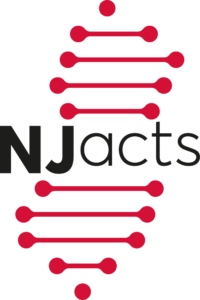 Please read Dr. Panettieri’s article in the Journal of Immunology titled, “Na+/H+ Exchanger Regulatory Factor 1 Mediates the Pathogenesis of Airway Inflammation in a Murine Model of House Dust Mite-Induced Asthma“.
Please read Dr. Panettieri’s article in the Journal of Immunology titled, “Na+/H+ Exchanger Regulatory Factor 1 Mediates the Pathogenesis of Airway Inflammation in a Murine Model of House Dust Mite-Induced Asthma“.
Asthma represents an inflammatory airway syndrome whose global prevalence is increasing worldwide. Asthma, in part, is mediated by an inflammatory response amplified by leukocytes in the upper and lower airways. Two distinct inflammatory endotypes of corticosteroid-dependent asthma have been proposed based on the presence or absence of eosinophils in lungs and bronchoalveolar lavage fluid (BALF): type 2 (T2)–high and T2-low (also called “non–T2-high”). The T2-high endotype is characterized by the presence of eosinophilic airway inflammation, whereas the T2-low endotype is usually accompanied by the presence of neutrophils in the sputum or paucigranulocytic (i.e., normal sputum levels of both eosinophils and neutrophils) airway inflammation. Additionally, a recent report demonstrated a T1-skewed signature in some severe asthma patients, marked by the production of the Th1 cytokine, IFN-γ. To read the full article.
J Immunol. 2021 May 15;206(10):2301-2311. doi:10.4049/jimmunol.2001199. PMID: 33952618 PMCID: PMC8113128 Epub 2021 May 5.
